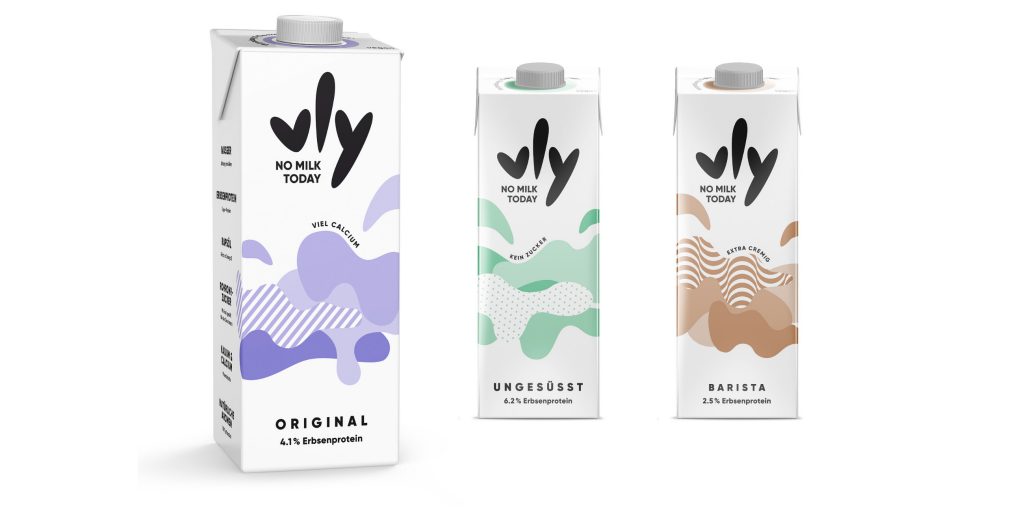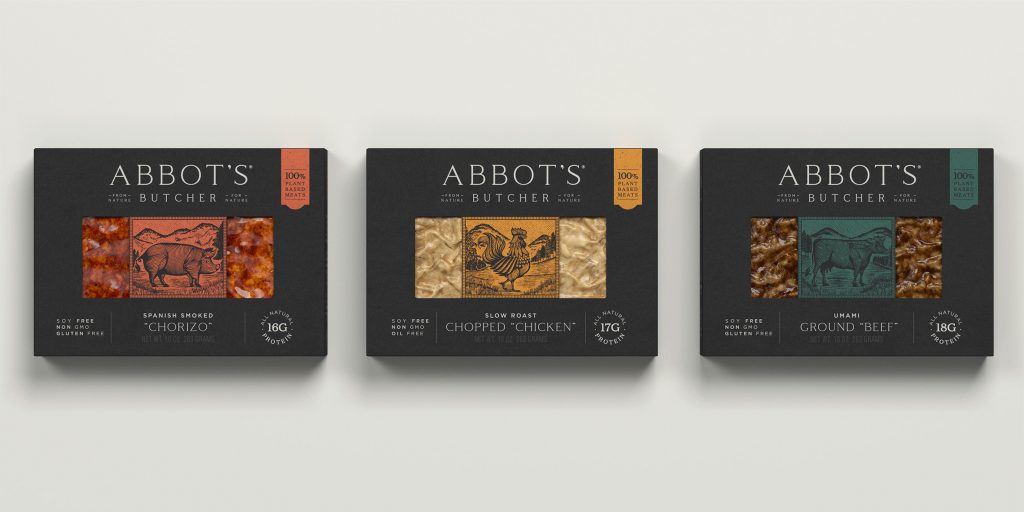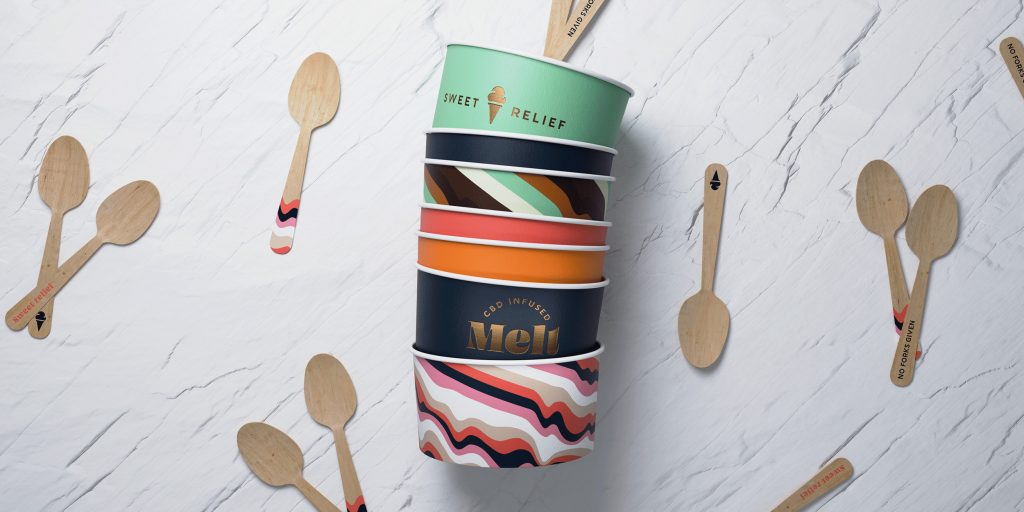A brand is a promise made and kept
For over ten years now my job role has included the words ‘Brand’ and ‘Strategist’. Both terms tend to cause confusion outside of marketing circles. It’s totally understandable. At the best of times, the words are pretty nebulous and can be subject to many different interpretations, so let’s kick off with a common definition:
A brand is a promise made and kept.
The promise is made by your visual and verbal communications and it’s kept by your people, product, service, and reputation. Put simply, Brand Strategy is the tool you use to define your promise and how to keep it.
In a company or startup, you may be lucky enough to employ a brand manager or head of brand. Alternatively developing your brand may be one of the many plates you spin as an entrepreneur. Either way, no matter how big or small your company is, it’s important that everyone holds an intimate understanding of your brand because it’s more than just a logo and a colour palette. It’s your vision, what you stand for, how you behave, what you look, sound, feel, taste, smell like, it’s your business’s very soul.
Defining your brand from day one helps on every level, whether that’s: employing the right people and creating the right culture internally; securing pitches with customers and sales with consumers; ensuring every partner ‘gets’ you so every piece of communication nails it; informing future NPD and diversification; and, of course, creating consistency across how you look, how you speak and what you say.




